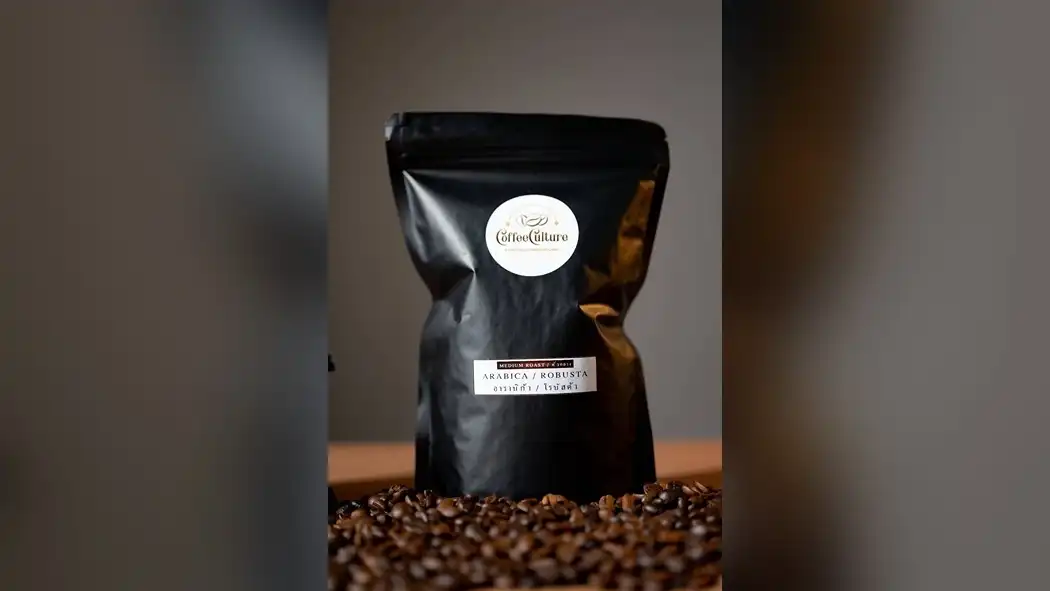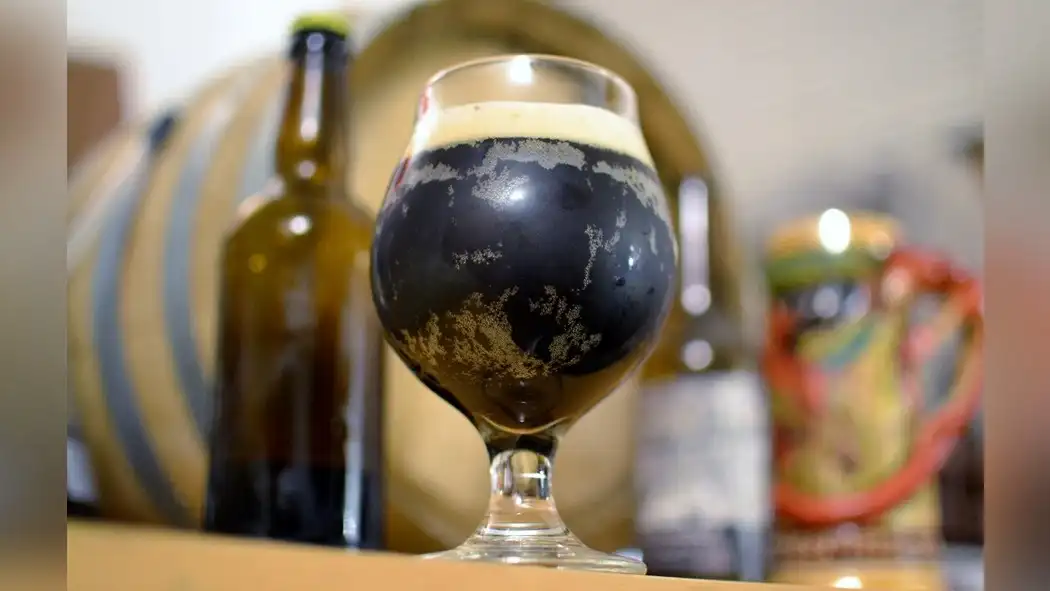So, you think you know your coffee? Think again.
In 'Blend It Right: Mastering Robusta Coffee Blending,' you'll unlock the secrets of creating the perfect robusta coffee blend.
Whether you're a seasoned roaster or just getting started, this guide will take you through the ins and outs of robusta coffee blending.
From understanding the unique qualities of robusta beans to mastering blending techniques, you'll learn everything you need to know to elevate your coffee game.
Say goodbye to mediocre blends and hello to robust, flavorful coffee that will impress even the most discerning palates.
Get ready to blend it right and take your coffee to the next level.
Understanding Robusta Coffee
When blending robusta coffee, understanding its unique flavor profile and characteristics is essential for achieving a well-balanced blend.
Robusta coffee is known for its bold and strong flavor, often carrying nutty, earthy, and woody notes. Its high caffeine content contributes to its characteristic bitter taste, which can be balanced with the right Arabica blend.
The processing of robusta coffee also significantly impacts its flavor. Unlike Arabica, which is often wet-processed, robusta is frequently dry-processed, leading to a different flavor profile. Dry processing can enhance the earthy and grain-like flavors of robusta beans.
Understanding these distinct flavors and the impact of processing is crucial when incorporating robusta into blends. By recognizing the robusta coffee flavor and processing methods, you can effectively balance its boldness with other coffee varieties, creating a blend that offers a full-bodied, rich, and satisfying cup.
Whether it's for a morning pick-me-up or a strong espresso, grasping the essence of robusta coffee is the key to crafting a blend that delights the palate.
Selecting Robusta Coffee Beans
To select robusta coffee beans for blending, consider their origin, quality, and roast level. Robusta bean characteristics play a crucial role in determining the flavor, aroma, and body of the final blend.
When selecting robusta beans, look for those with a strong, bold flavor profile and a higher caffeine content compared to arabica beans. Pay attention to the origin of the beans as different regions produce robusta beans with distinct flavor profiles.
For example, beans from Vietnam often have a nutty and chocolatey flavor, while those from India can exhibit earthy and spicy notes.
Additionally, assess the quality of the beans by examining their size, color, and uniformity, as these factors can impact the overall consistency and taste of the blend.
When it comes to the roast level, robusta beans are often roasted to a darker level than arabica beans to enhance their rich, intense flavors and to reduce their inherent bitterness. Experiment with different roast levels to find the perfect balance for your desired blend.
Understanding these aspects will help you select the best robusta coffee beans for your blending endeavors.
Blending Techniques for Robusta Coffee
When blending robusta coffee, the proper combination of beans, along with precise roasting and grinding techniques, is essential for achieving a balanced and flavorful blend. Roasting techniques play a crucial role in developing the desired flavor profiles in robusta coffee. Since robusta beans have a higher caffeine content and a more pronounced bitter and earthy flavor compared to arabica beans, the roasting process should be adjusted accordingly. A medium to dark roast is often preferred for robusta beans to help mellow out the inherent bitterness and enhance the rich, chocolatey notes.
When blending robusta coffee, it's important to consider the desired flavor profiles and the characteristics of the beans being used. Blending can help balance out the strong, bitter notes of robusta with the desired flavors, such as adding a hint of nuttiness or sweetness. Experimenting with different ratios of robusta to other coffee beans, like arabica, and adjusting the roast levels can help achieve a well-rounded and enjoyable blend.
Factors Affecting Robusta Coffee Blends
The factors that affect robusta coffee blends include the origin of the beans, the roast level, and the ratios of robusta to other coffee beans.
When considering the origin of the beans, the climate impact plays a crucial role in determining the flavor profile. Understanding the specific climate conditions of where the beans were grown can help in creating a well-balanced blend.
The roast level also significantly influences the taste profiles of robusta coffee blends. Different roast levels bring out distinct characteristics in the beans, affecting the overall flavor and aroma of the blend.
Additionally, finding the right balance in the ratios of robusta to other coffee beans is essential for achieving the desired taste profile. It's important to experiment with different ratios to find the perfect combination that suits your preferences.
Lastly, considering the climate impact on the beans' growth can help in understanding the unique flavors that each origin brings to the blend.
Perfecting the Robusta Coffee Blend
For crafting the perfect robusta coffee blend, start with understanding the distinctive flavor profiles inherent in the beans. Robusta beans are known for their strong, earthy flavor with nutty and chocolatey undertones. This robust flavor profile makes them ideal for blending with other coffee beans to create a balanced and flavorful brew.
When perfecting your robusta coffee blend, it's essential to consider the brewing methods you'll be using. Robusta beans are well-suited for espresso and dark roast preparations due to their bold flavor and high caffeine content.
By understanding the flavor profiles of robusta beans and the brewing methods that complement them, you can tailor your blend to achieve the perfect balance of richness and depth. Experiment with different ratios of robusta to other beans, such as arabica, to find the ideal combination that suits your taste preferences.
Perfecting a robusta coffee blend involves a thoughtful approach to harnessing the unique flavors of robusta beans and leveraging them to enhance your overall coffee experience.
Conclusion
So, are you ready to take your coffee blending skills to the next level and create the perfect robusta blend?
With the right understanding of robusta coffee, careful selection of beans, and mastering blending techniques, you can achieve a robust and flavorful blend that will impress even the most discerning coffee connoisseurs.
Start experimenting with different factors and perfect your robusta coffee blend today!












